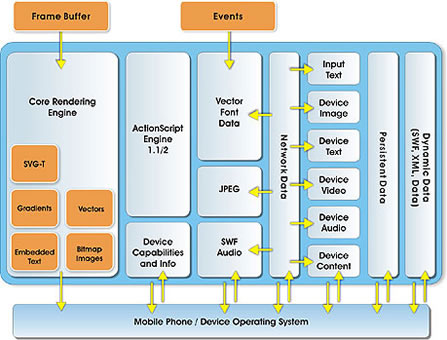 Â
Â
A white paper “Porting Flashlite Player on Symbian Series 60 Devices based on Symbian OS V7.0” released by California Software Labs (CSWL), India
vivek
 Â
Â
A white paper “Porting Flashlite Player on Symbian Series 60 Devices based on Symbian OS V7.0” released by California Software Labs (CSWL), India
vivek
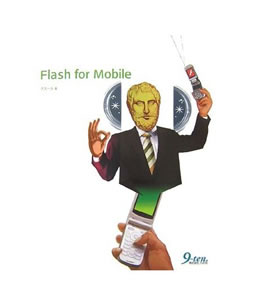
Just got remembrance about Flash lite book Via Scott so thought to mention that there are two books which is released from Japan for Flashlite Mobile development. Thanks Scott 🙂 First one is released (published in Nov. 2006) recently which covers Flash Lite 1.1 and 2.x. and the other one is old, cover most of Flashlite 1.0 development published in sept. 2004
Both books are available in Amazon.co.jp you can read more here Book 1, Book 2Â
It will be really great to have a feedback from anyone who read this book or anyone from japan will really nice 🙂
vivek
 Â
Â
Just read an article about “Flashing mobile’s future” its very intresting and talk more about why Adobe step in to mobile devices 🙂 Following things which i like in article :
“The key thing that Adobe realises is that we are at this tipping point now where there is actually more phones in the next 12 months that will be connected to the Internet than PCs,” says Mark Szulc, senior systems engineer at Adobe Australia. “So if people want to get content out there, their audience is probably greater on a mobile phone that it is on a Web browser.”
“If you look at the traditional developer community, the creative professionals that have used Adobe products for years and years, there is a real interest,” Murarka says. “They are trying to figure out what they should do in mobile. Flash is proving to be three to five times faster for the application and content development than most of the technologies they have used in the past. But I don’t think Flash is a direct competitor for Java, because they solve different needs — Java is meant for a programmer, and Flash is meant for a creative professional 🙂 .”
vivek

California Software Company Ltd. (Calsoft) has partnered with U-Eyes, China to enhance one of its products, the electronic visor of a car, by incorporating a flash player in the device.Â
The software enables the visor in vehicles to serve a dual role, to shield the sunrays, besides providing entertainment. While passengers of the cab can watch a film or a music video, there is room for useful information in the form of tailor made advertisements. This also keeps the passenger informed of any special offers or events. The best part is that the content could also be updated or changed depending on the requirement.
The company also said that its relationship with Adobe Systems Incorporation allows it to license, distribute, and integrate the Adobe Flash Player SDK and Adobe Flash Lite into embedded and handheld devices in India, South Asia and U.S Markets.
vivek
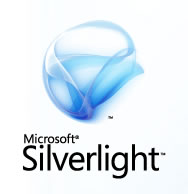 Â
Â
“Silverlight” — a new Adobe Flash-like multimedia technology from Microsoft — added support to its ultra low-powered hardware VC-1 codec for mobile devices running Linux and other embedded OSes. The “7190 Multiformat decoder” can decode VC-1-encoded 720p video at 30fps,
Hantro describes Silverlight as a “cross-browser, cross-platform plugin [delivering] media and rich interactive applications for the web.” Like Adobe Flash, it aims to provide provide rich media content to PCs and to mobile devices.
Seems they got to know the power of Flash after a long time not sure silverlight is really competitive to Adobe Flash. But I love Adobe Flash 🙂
vivek

Japan’s KDDI said on Sunday it aims to offer a cellphone service in the United States using a network operated by Sprint Nextel.
KDDI, the second-biggest mobile phone operator in Japan after NTT DoCoMo Inc., aims to cater to mainly Japanese customers in the United States.
KDDI will offer services using CDMA standard, developed by Qualcomm Inc and adopted by U.S. carriers such as Verizon and Sprint Nextel.
Cool 🙂
vivek
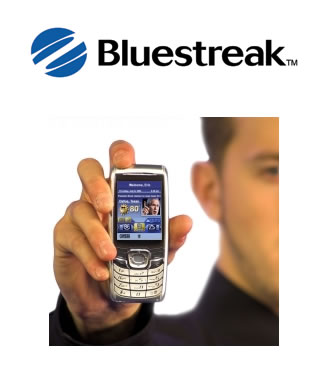
MachBlue, which enables rich-media applications, runs Flash(R) -formatted(x) files on mobile phones and digital TV set-top boxes. “The open standards and flexibility of Symbian OS are driving the kind of innovation that allows Bluestreak to fully demonstrate the power and value of MachBlue,” said John McCalla, CTO of Bluestreak.
MachBlue Mobile implements a subset of the Flash(R) 7 specification, supplemented with the MachBlue Mobile API, which enables enhanced handset control and integration.
They have shown couple of videos demonstration, which can be seen here.
vivek
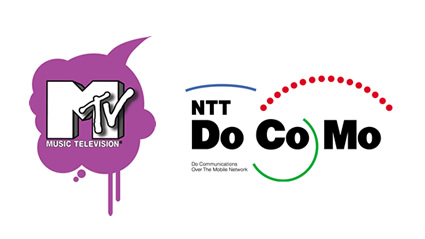
Via telecompaper MTV Japan and Nippon Telegraph and Telephone (NTT) have begun a mobile-phone-based joint promotion trial using a new access technology currently under development by the NTT Cyber Space Laboratories. The new technology recognises videos, patterns (posters, signboards, trademarks, etc.) or solid things, and allows connections with various internet services. As a promotion, MTV video music awards Japan 2007 contents (deco-mail or mobile HTML mail and flash screensaver) will be given away to customers photographing a certain scene with a camera phone and sending the image to a special website.
Really cool 🙂
vivek
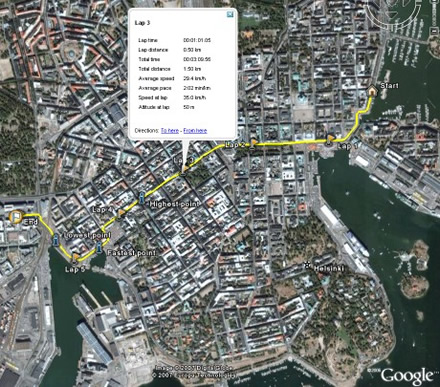
Nokia Research Center has released their wonderful Nokia Sports Tracker application which is a GPS based activity tracker that runs on S60 smartphones. Information such as speed, distance and time are automatically stored to your training diary. To be able to use application for real, you need Nokia S60 3.0 phone with Bluetooth GPS device or Nokia S60 3.0 phone with integrated GPS.
Freeware version
So time to start the jogging 😀
Looks cool 🙂
vivek
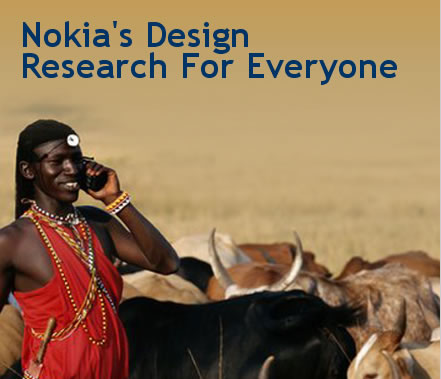
Jan Chipchase of the Nokia Research Center talks about how behavioral research feeds into the phone maker’s design strategies.
He talk many things about behavioural design and uses of mobile in different cultures or regions. how actually people use mobile in villlages etc.
Intresting interview!!
vivek
If you are interested in participating in this study, please answer the questions at: http://www.surveymonkey.com/s.asp?u=412513363969
If you are a good fit for this study, we will then contact you about scheduling a session. Otherwise, we will keep you in mind for participation in future projects. We look forward to hearing from you.
Adobe User Research
vivek
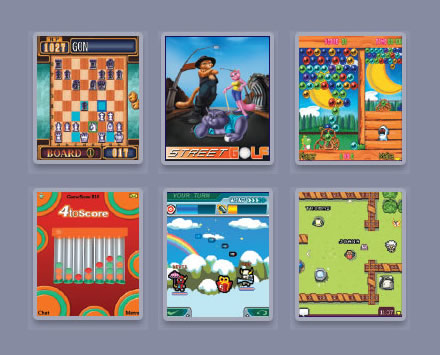 Â
Â
The winners of the Nokia and SingTel Multiplayer Game Quest have been announced after several months of exciting competition between Forum Nokia PRO developer finalists from around the world.
The Game Quest was launched last June with a challenge to develop connected multiplayer Javaâ„¢ games that would capture the imaginations of millions of mobile subscribers in the Asia-Pacific region.
Winners and Runner-ups are:
Category: Cross Platform Gaming
Winner
Game: Chess Game
Developer: G-mode, Japan
Runner-up
Game: 4ToScore
Developer: Hungama Mobile, India
Category: Multiplayer Gaming for the Male Segment
Winner
Game: Street Golf
Developer: Mauj, India
Runner-up
Game: Battle Jams
Developer: Activate, Singapore
Category: Multiplayer Gaming for the Female Segment
Winner
Game: Puzzle Bobble
Developer: Taito, Japan
Runner-up
Game: Mapan
Developer: 01 bit-side, Germany
 vivek
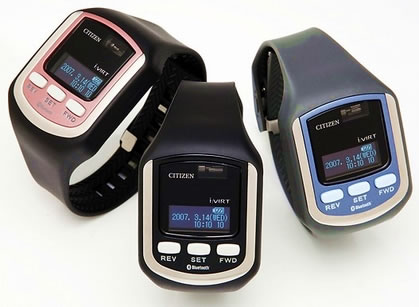
Great idea from Citizen, their new W700 Bluetooth watch gives you an alert if your phone is ringing. And it tells you who’s calling via your phone’s caller ID. IF you get to far away from your phone the watch lets you know, and this is a nice loss prevention tool. It also charges wirelessly for a battery life of about 5 days when fully charged. Available in mid-March (in Japan at least), but no price announced. via DJ Neawedde
Very cool 🙂
vivek
Japanese place the highest emphasis on “design” when choosing a mobile phone, according to a survey by MyVoice Communications, Inc. The company conducted the survey targeting mobile phone and PHS users in January 2007, in which it asked the reason why they chose their current handset models, and 37.9% of all (10,400 respondents) answered “because I liked its design.” “Because I was used to its menu and mode operation” came next at 20.2%, followed by 16.5% responding “because I liked its manufacturer.”
Asked when they purchased their current handsets, “more than 1 year ago” accounted for the most 55.3%, followed by 20.8% responding “in the last 6 to 12 months.” By manufacturer, Sharp won 20.2%, Panasonic Mobile Communications constituted 14.1% and NEC made up 13.9% of all the respondents’ current handsets. The same three companies won the largest shares in the respondents’ previous handsets as well (15.7% by NEC, 14.5% by Sharp and 13.3% by Panasonic).
Asked whether they would want to use a new function that allows current handset settings (such as ring tones, wallpaper, etc.) to be transferred to a new handset, 50% of respondents answered “yes,” indicating that many Japanese mobile phone users would rather continue to use handsets that they are used to than seek the novelty of a new handset.
vivek
vivek